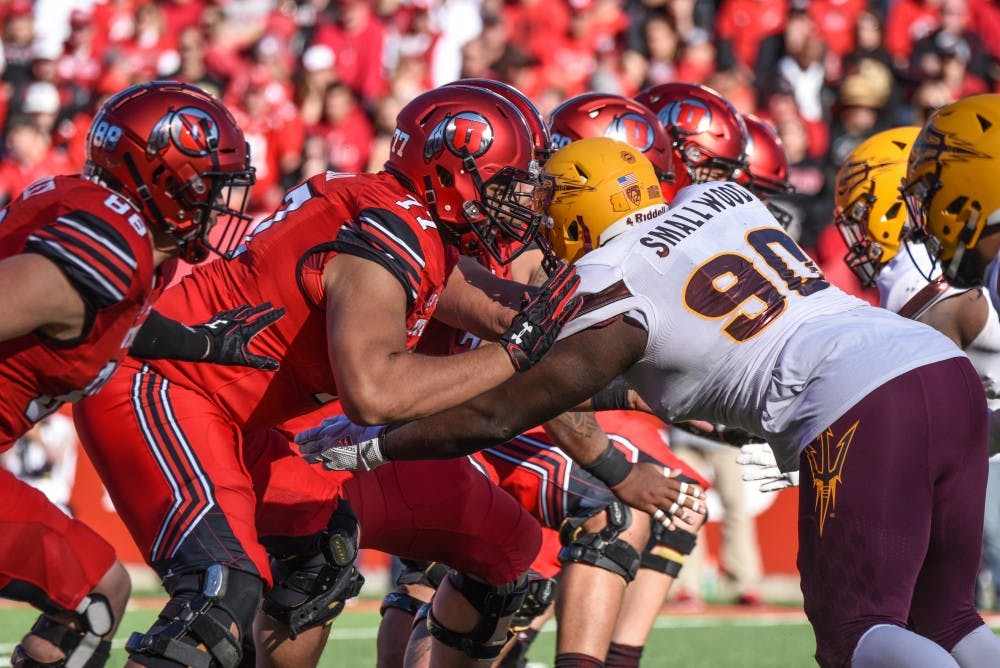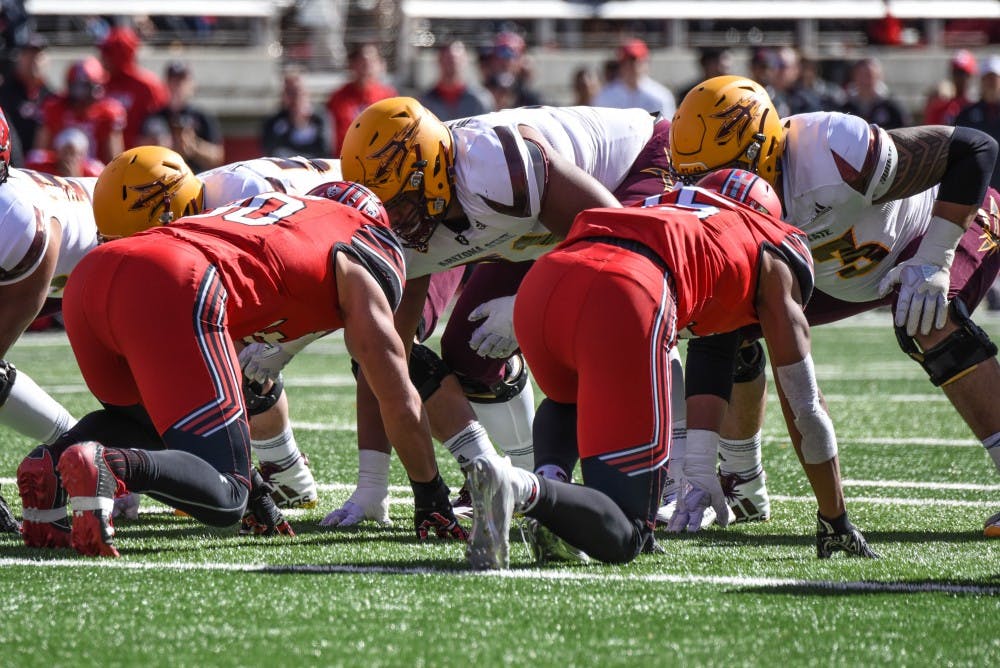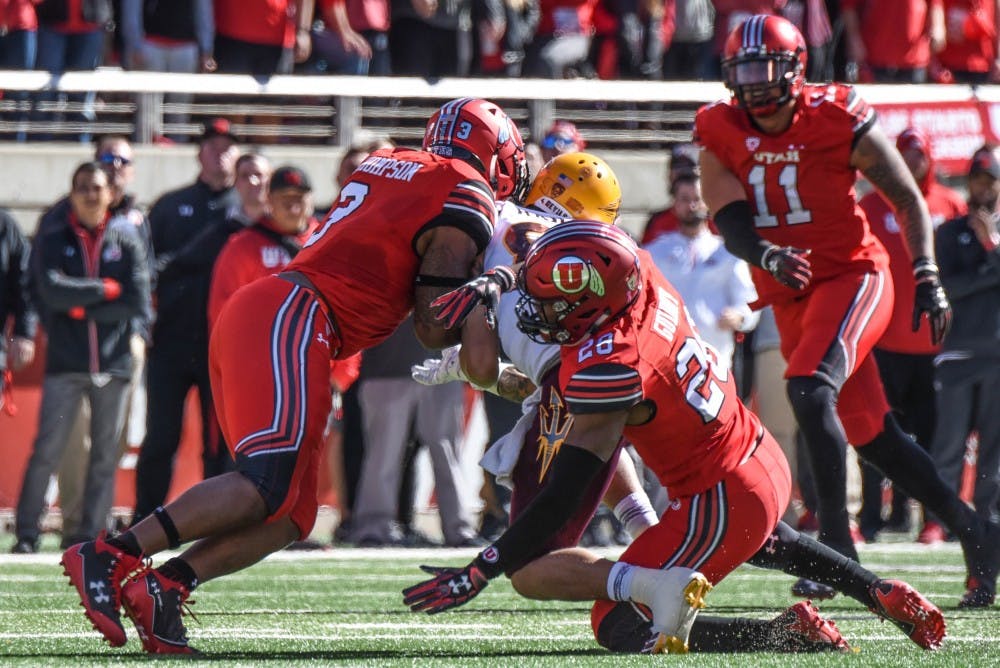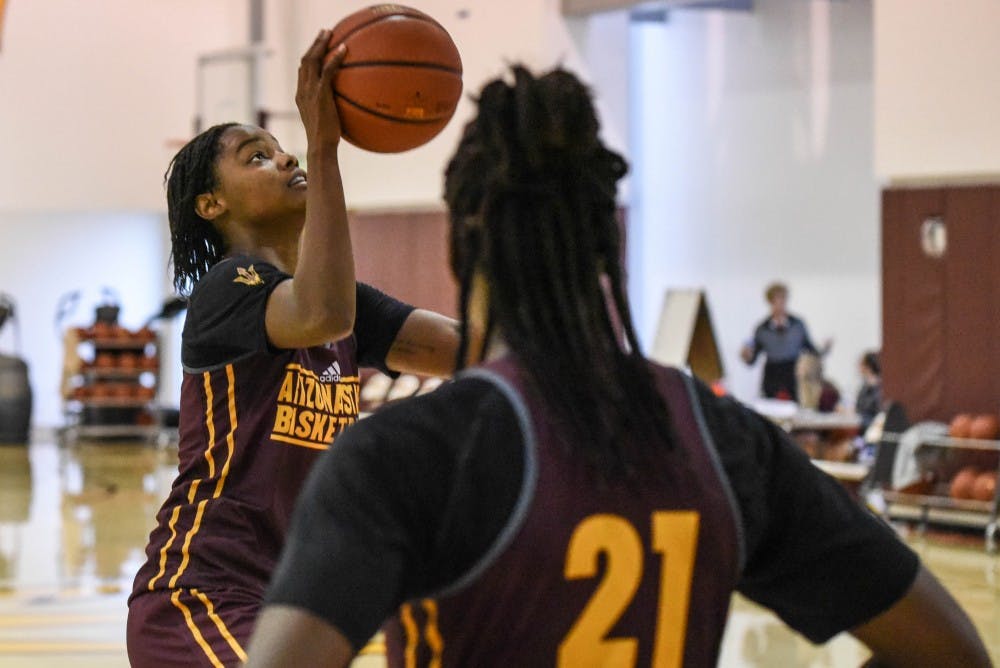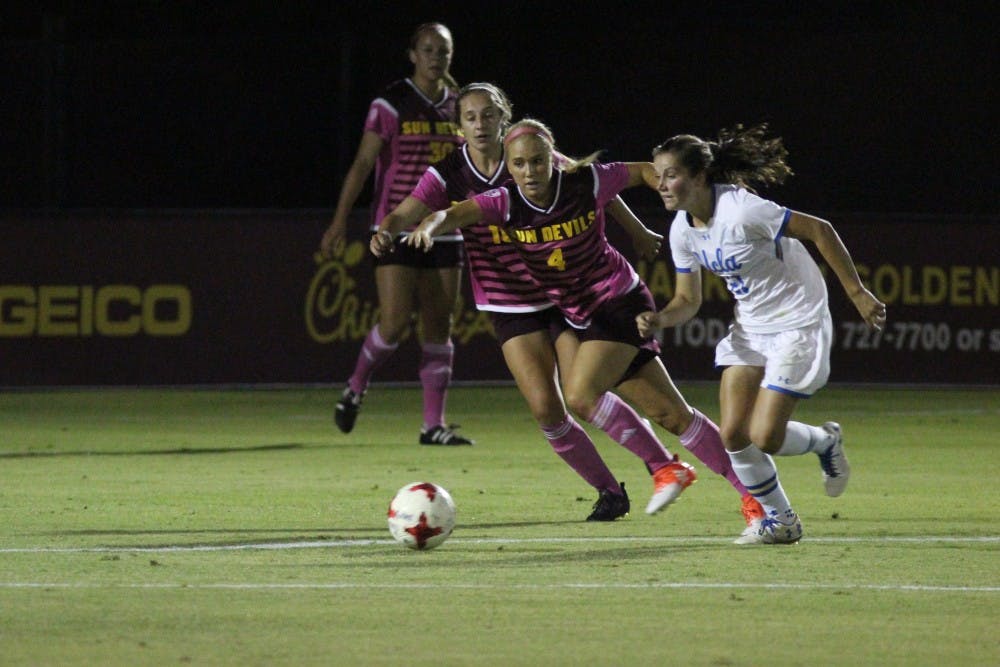Within the past five years, college student athletes across the nation have suffered an average of about 10,500 concussions, according to the National Collegiate Athletic Association. Worldwide, it is estimated that between 1.6 million and 3.8 million concussions occur annually from recreation-related activities.
Chronic Traumatic Encephalopathy, known as CTE, is a disease caused by repeated head traumas — sometimes found in athletes who play contact sports such as football, soccer, basketball, wrestling and hockey — and can eventually cause brain degeneration. Among the types of head traumas are concussions, caused by powerful blows to the head.
Research by the Concussion Legacy Foundation displays a “widespread reach” of CTE, addressing its impact on college students. In the research study conducted in October 2016, among all football Power 5 conferences - Atlantic Coast Conference (ACC), Big Ten, Big 12, Pac 12 and Southeastern Conference (SEC) - at least one of their schools has three or more cases of CTE.
"Only players whose families have given permission for their names to be released are listed (in the study),” says a disclaimer from the Concussion Legacy Foundation.
What causes CTE?
Though multiple concussions have been speculated to be the cause of CTE, in reality, CTE happens because of many factors.
According to Sun Devil Athletics team physician Shanyn Lancaster, there are several factors that can cause CTE, such as the number of concussions, how bad the symptoms are, the severity of the hit, level of the damage from concussion, type of head trauma, potential substance abuse and potential mental health issues.
“We’re learning more about that,” Lancaster says. “Things are changing, and it’s important to stay on top of that research.”
As for a direct correlation between CTE and concussion, Lancaster says it has not become completely apparent.
“CTE is a really scary thing. It’s a big thing,” Lancaster says. “It’s still a bit premature to say there is a direct correlation (between concussions and CTE) because we don’t know. A question that comes to me a lot is, ‘How many concussions are too many?’ It’s a really personal answer. For some athletes, one concussion may be enough to have them change their activity. Others, depending on how they recover and everything else, they might be able to tolerate three concussions or more. It’s an individualized answer.”
However, Lancaster emphasized the importance of taking the appropriate steps to avoid ever getting student athletes to the point of CTE or any other potentially fatal injuries.
Preventing and Understanding CTE
At Arizona State University, the Concussion Program as overseen by the NCAA serves “to improve the safety of ASU students while participating in sports activities that are identified as having a high risk of mild traumatic brain injury and to comply with state law” as stated in its purpose.
Run by Health Services, the program addresses policy in prevention, identification, evaluation and management of concussions within ASU student athletes.
The program’s protocol includes the following as it guides students step-by-step to the concussion response process: education, reducing exposure to head trauma, pre-participation assessment, recognition and diagnosis of concussion, sideline concussion assessment, post-concussion management for diagnosed concussions, nutritional aspects of concussion recovery, Return-To-Learn, stepwise progression, return to play and final determination of full clearance.
Lancaster says the ultimate goal of the program comes down to one thing: protecting the student athletes.
Additionally, the program also provides an educational aspect for student athletes, their coaches and trainers to be aware of the importance of appropriately handling a concussion.
“I think the culture here is really accepting of concussion reporting,” Lancaster says. “Student athletes, in my experience, are much more likely to report than other institutions I have been at. People are much more aware of it than even 10 years ago.”
When a student is diagnosed with a concussion at ASU, Lancaster says the team physicians, such as herself, have the final authority in what a student should do next. For 24 hours following the concussion impact, athletes must refrain from attending practice or even going to class to minimize movement as much as possible.
“We’re here to take care of them, and we’re not going to make a medical decision that isn’t medically based,” Lancaster says.
Lancaster says that above all, it is important for students to rest, sleep, hydrate and refuel following the concussion impact.
“The thing that is great is that we’re learning more about concussions every day,” Lancaster says. “One of the things we know about concussion right now is that it’s a really complex cascade of neurological signals that are changing. There’s this microscopic injury and the brain needs fuel, essentially, to heal.”
After the first 24 hours are over, follow-ups are important in determining a student athlete’s healing process which can take up to seven to 10 days to completely heal, according to Lancaster.
Lancaster also mentioned that sometimes student athletes are not happy with the restrictions, but eventually come to an understanding of why it is important.
Not all concussions are the same, Lancaster says. There are different aspects or subtypes leading to research in determining that all treatment should not be the same either.
As a physician with Sun Devil Athletics, Lancaster says ASU has teamed up with TGen, a Translational Genomics Research Institute based in Phoenix, and Riddell, a helmet design company, for a research study. The study uses biomarkers from ASU student athletes' biofluids along with data from helmet sensors recording number, intensity and direction of head impacts from the 2013-16 football teams.
In this study, Lancaster and her colleagues also gathered data from ASU athletes for TGen to analyze. Overall, the research goal is to find new ways of diagnosing or creating a more developed test to provide more personal care for student athlete injuries.
In a statement to TGen, University Athletics vice president Ray Anderson says, “Concussion safety, protocol and diagnostics are key components of Sun Devil Athletics' student athlete welfare program. Our partnership with TGen and the research conducted with these biomarkers will ideally provide doctors, trainers and administrators with a mechanism to proactively safeguard the health of our student athletes. We are proud and excited to be a part of this groundbreaking study that will significantly expand research in this important area of scientific discovery."
Lancaster says this information could also help contrast and address a traditional attitude stemming from various team cultures of choosing not to address a problem or injury from a set “deal with it” mentality.
In 2016, the Center for Strategic Communication was awarded a $400,000 grant by the NCAA to study how interests and team culture can influence concussion self-reporting.
The self-reporting problem
Steven Corman, professor at the Hugh Downs School for Human Communication and director of the ASU Center for Strategic Communication says self-reporting is often a struggle student athletes face.
In the study, principal investigator Corman says they are taking a socioecological approach throughout three, one-year phases that began in 2016. The approach consists of looking beyond individuals but rather surrounding influences, including individual attitudes, team culture and cultural narratives within all Pac 12 Division I teams.
In the first year of the study, now completed and under review, a survey of about 500 of the teams' members was conducted in an effort to look into individual attitudes toward concussion reporting. Corman says one finding from the first year is that on average, student athletes view concussions as a low-immediacy problem as they expect more long-term effects.
“If you’re a football player and you know there is a pro-scout in the stands, you want to have time playing in front of that scout," Corman says. "You get your head dinged and your ears are ringing. Your vision might be a little blurry, but you decide you’re going to go ahead and play because you want to have this opportunity with the scout. It’s easier to do that when you view concussion as a low-immediacy problem. At individual attitude levels, we think that is a big part of the problem. Athletes don’t realize that there are more immediate consequences to concussions.”
Men and women’s basketball and women’s soccer were among the sports the ASU research team looked at in the first year. Corman says although students report they receive the required concussion training and education, it's not “memorable.” He says it is challenging for it to stick with them.
In the third year of the research project, Corman says part of the project will be to develop an intervention for better, more effective education. The plan is to test it in the same year.
“It’s a big issue for the NCAA,” Corman says. “Most of these college athletes are going to have professional careers. It’s important that athletes know what the concussion symptoms are and that they’re willing to report when they have had them so they don’t do permanent damage to themselves.”
Corman says a separate part of the NCAA’s concern is also looking into clinical and medical components. He emphasized why this type of research is important for evolution in policy making.
The study is currently halfway done with its second year in which they are examining football, wrestling, field hockey, lacrosse and men’s soccer.
State Press Magazine reached out to ASU football and soccer, but they declined to comment on concussions.
Facing concussions head-on
Biomedical sophomore Corey Wittenwyler says he remembers his experience with reporting and not self-reporting several concussions during the four years he was a student athlete in high school.
Wittenwyler says how when he got his first concussion, he was about to tackle someone during a football game. He says he experienced fuzziness, dizziness, stumbling and headaches.
The next week, regular academic concentration became a challenge as he says it felt like his mind would wander. He says he would also suffer headaches throughout the week.
Of the four concussions he experienced, Wittenwyler says two were reported and diagnosed while the other two were not.
From his home experience having his dad as his football coach, Wittenwyler also recalls a “get up, go on” mentality, a prominent attitude within a close team setting in football culture.
“There were definitely a few of my teammates that would come to the sidelines and say, ‘I have a concussion.’ They would tell me, but they wouldn’t go to the coach,” Wittenwyler says. “They just wanted to keep playing.”
They felt like they absolutely needed to stay in the game, Wittenwyler says. Some of his teammates did not want to lose their chance at being spotted for scholarships, feeling the pressure to make sure everything was perfect in their plays.
Now, he plays sports only for fun with his friends and at times with intramurals at ASU. Wittenwyler says his knowledge and education about concussions has expanded, stating that some of his old teammates also feel the same way.
“I definitely knew the risks of playing that sport and what could happen if I got hurt,” Wittenwyler says. “Looking back at it now, I’ve educated myself more on the issue now, too.”
For professionals, scholars, student athletes and coaches, the concussion conversation continues as new research comes up often. For the world of college sports, policy making is ever evolving along with the evolution of research.
“I hope we’ll come up with a good, at least part of the explanation for why athletes don’t report these symptoms, why they decide not to and how to get them to behave differently,” Corman says.
Reach the reporter at tespana@asu.edu or follow @thaliamespana on Twitter.
Like The State Press on Facebook and follow @statepress on Twitter.
